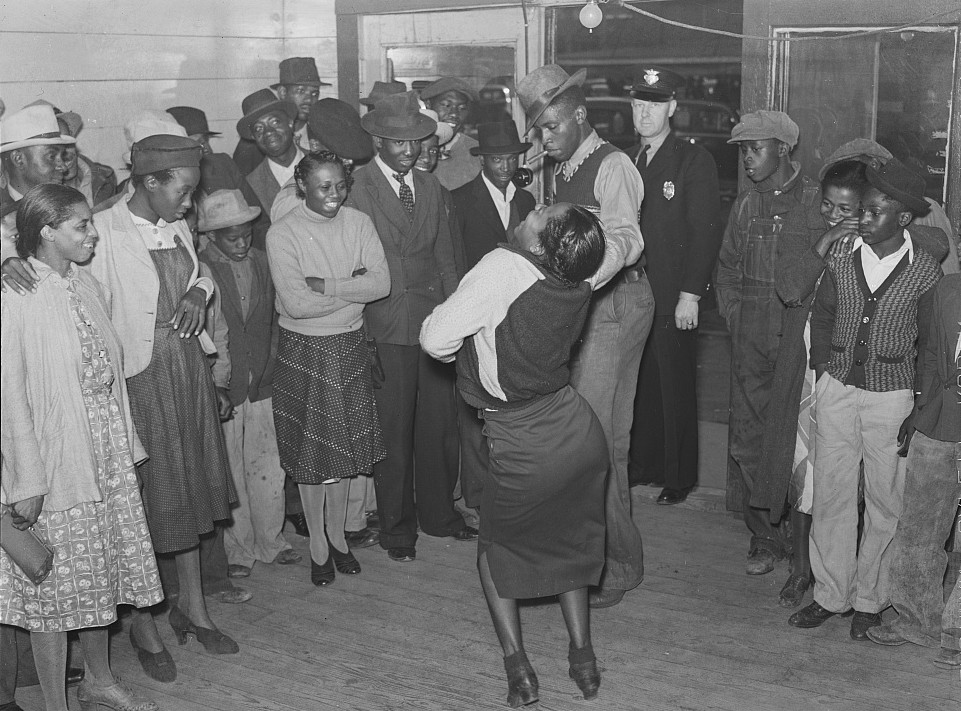
Lindy Hop and Anti-Racism
On this page you can find information and links to resources about important work that is being done within the larger swing dance community. We’d highly appreciate it if you take the time to read this.
Cultural appropriation and racial injustice within the swing dance community
Lindy Hop is a Black American artform, born of a culture of oppression and racism. Both the music and the dance were expressions of defiance against the oppression and hardships that Black people were, and still are, facing. Our community owes its existence to this art form’s creators. This is why we need to honour it, not only by learning the steps, moves and techniques, but also form a more profound understanding of its history and culture. This is the only way we can contribute positively to its continued development, and provide a safe environment for people of colour to feel welcome and appreciated within this community.
It’s important to note that our team at SwingStep has a lot to learn about the issues addressed here and what to do about them. We’re by no means experts on this complex topic, and each of us is at a different stage on this journey. Still, it’s important to us as a team that we all pull forward in the right direction, and we hope you do too.
What makes a dance?
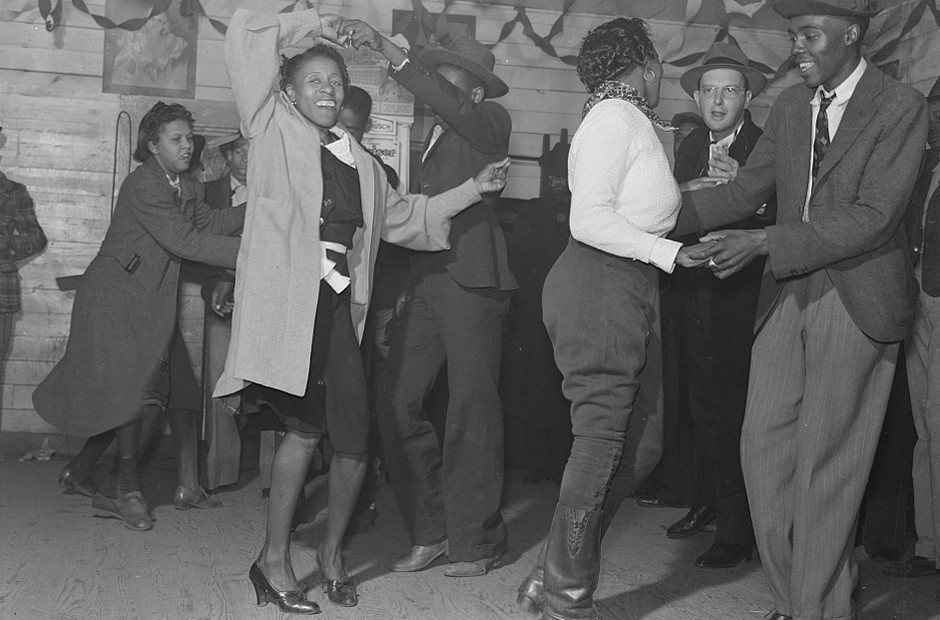
What makes up a dance is both the steps we dance as well as everything that went into making that step what it is – its entire body of knowledge and the history and lives of people who formed it in the past and continue to do so today. This means that the dance is a complex, abstract mesh of various art forms and ideas that influenced each other, real human beings and their political, financial and environmental situations, their struggles and joys went into forming the dance as we know it.
How do we form our understanding of a dance?
When we learn a dance, we actually don’t learn the full thing itself. Instead, we form our understanding of it – which is coloured by our experiences, our assumptions, and the limited information we have access to. In fact, since we often learn from a teacher, we only get our interpretation of their understanding of it… which actually came from their teacher’s understanding, and so on.
Why does it matter how I learn the dance?
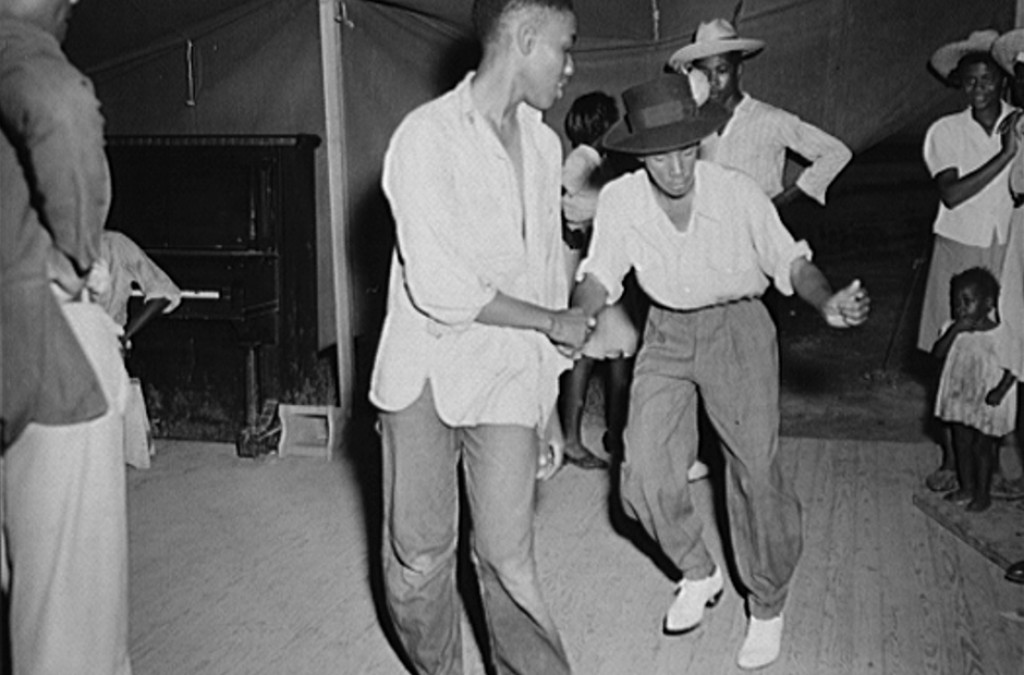
The ancestors of the dance helped shape it based on their physical abilities, ways of thinking, political and socio-economic landscape… and so do you! As a dancer, you are adding yourself to the DNA of this dance and you make a difference to how it evolves.
Even as a hobby dancer who just started dancing, you have an important voice! Here are just a few ways of how you are influencing the direction of the community:
- What you ask your teachers to teach
- What music you wish to dance to
- Where you choose to spend your time and money (which workshops and events will you attend, which artists will you support)
- What you expect dance learning to be like (are you focused on moves, and searching for a single “correct” way of doing things, or are you open to ideas of improvisation and personal expression, connected to a jazz sensibility?)
- How you talk about the dance, culture and community with your friends
- What you learn to appreciate and to find interesting and beautiful
These influences are inevitable, whether you are conscious of them or not; if you inform yourself, you can make positive contributions to the community. We all have a responsibility as Lindy Hop dancers to be mindful of the history and the culture of this dance. It is important that we do something to honour where the dance came from and consider how we intend to pass it on to future generations.
What happens if we don’t educate ourselves about swing history and culture?
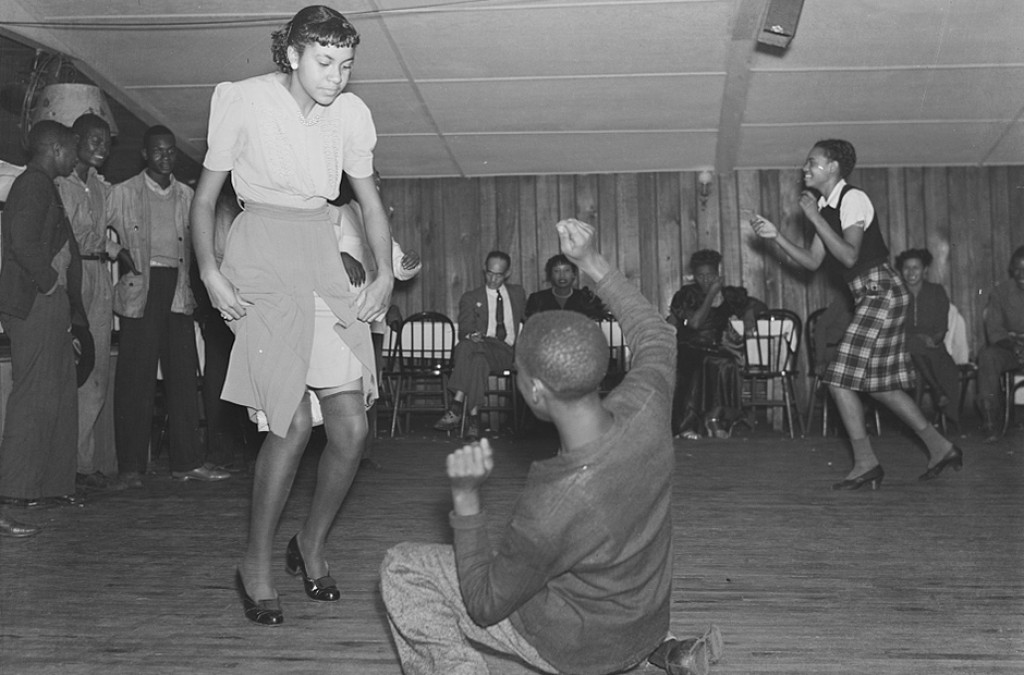
If we don’t take care to properly educate ourselves about the history of this dance, the circumstances that formed it and the people who greatly contributed to it, we risk removing it from our body of knowledge. And if we don’t place appreciation and value on this, those of us who grew up outside of Black American culture will be contributing greatly to cultural appropriation.
It also robs us of the much richer experiences we could be having:
- Understanding the deeper meaning of our movements and practices
- Learning how people can use art and expression to overcome huge challenges
- With more historical knowledge and stories we can learn and understand new ideas faster
- Knowledge and context can inform our dancing and make it more grounded in swing sensibility
Perhaps the saddest outcome of ignoring the richness of the dance’s culture and only staying on the surface, is that in only a few generations the dance will no longer mean the same thing. Without realising it, we will have washed away the history and memory of the people who passed it to us in the first place.
Sadly, this has already happened within the community we love and cherish so much; in the past few years more and more of us are waking up to the realisation that we have not been doing a good job at preserving the culture of the dance, nor of lifting up the few Black voices that we have within it. This is why it’s so important that we prevent our community from losing even more of its cultural richness.
Who are we today as a community?
Today, you can find Lindy Hop on every continent and in almost every city. We can say that it is a rapidly growing and thriving community. However, in North America and Europe, we also can see that the community is overwhelmingly white. And, worldwide, we don’t see much representation of Black people, which is alarming since this dance was developed by the Black American community as a sanctuary for people of colour to feel free and express joy.
However, nowadays many in the community are working on adjusting its path to once again become a place where people of colour, Black Americans in particular, can feel welcome and appreciated and enjoy a position of influence within it.
And your contribution matters!
How can I help the Lindy Hop community?
- Actively seek out historical knowledge and inform yourself about the founding dancers as well as the music and its meaning.
- Join conversations within the community; for instance there are several organisations who run panel talks, book clubs, provide classes rich in historical and cultural content, and many other services. We’ve linked to a few organisations at the bottom of this page; we also encourage you to find more, and look for local groups.
- Ask your teachers for cultural context and information, and support their efforts to spend time and energy on this topic.

Collective Voices For Change
CVFC organises seminars and other events, with topics that help anyone who wants to learn more about the “issues of racial inequalities and cultural appropriation in the Jazz dance community in Europe and around the world”, as described by their website.
In addition, there are groups in many countries that you are welcome to join, to have conversations in a safe and supportive environment. Join the chapter nearest you:
Black Lindy Hoppers Fund
The BLHF supports and mentors Black leadership within the swing dance community. They support the establishment of Black dancers, musicians, researchers and community builders around the world.
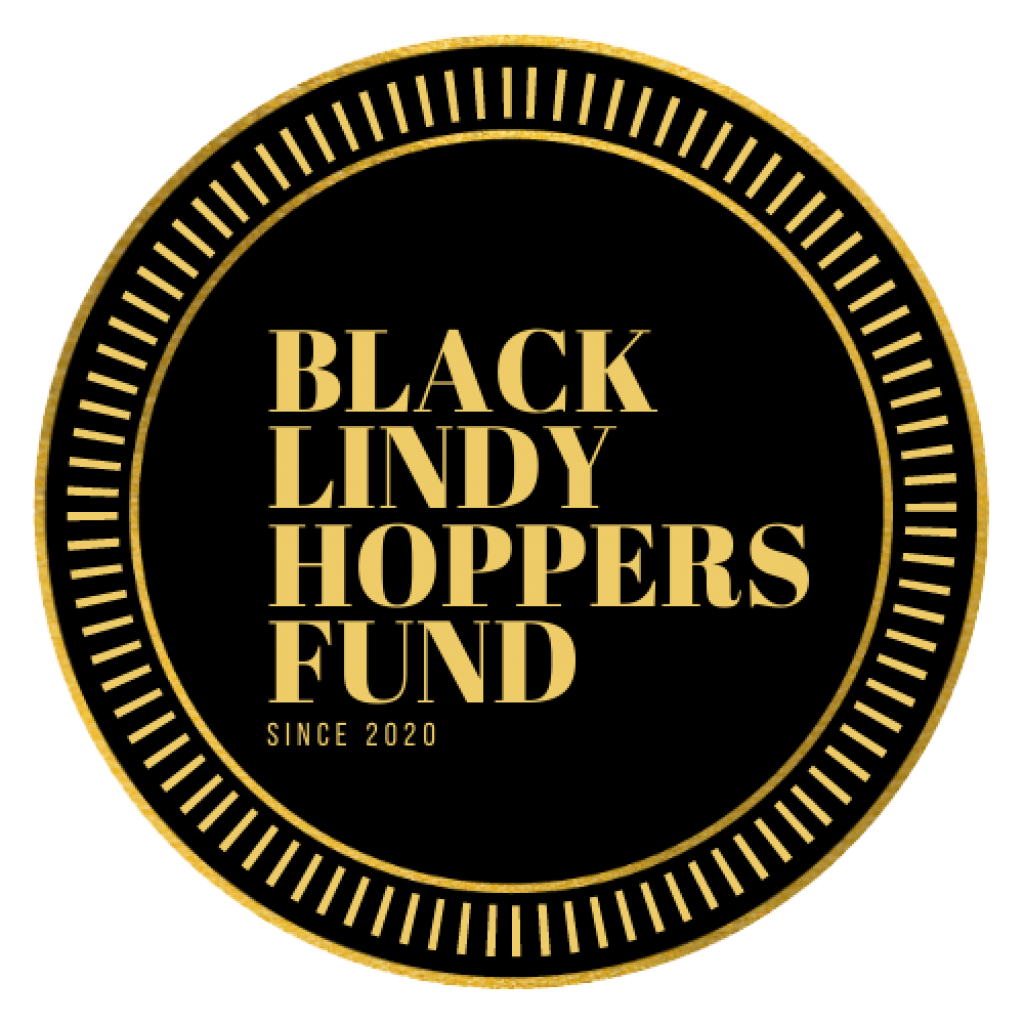
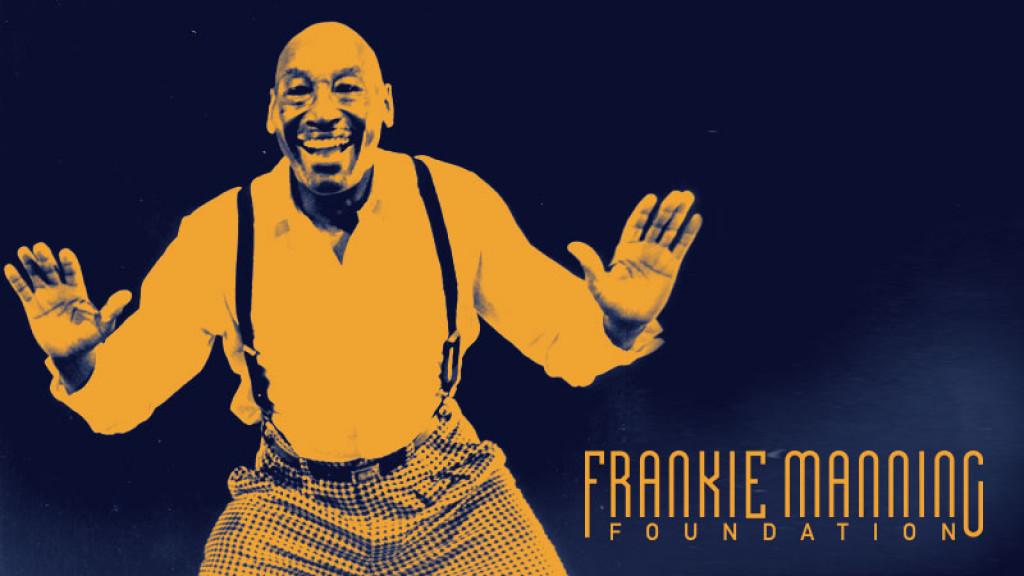
Frankie Manning Foundation
FMF continues the work of the legendary dancer Frankie Manning through sponsorships and educational programs.